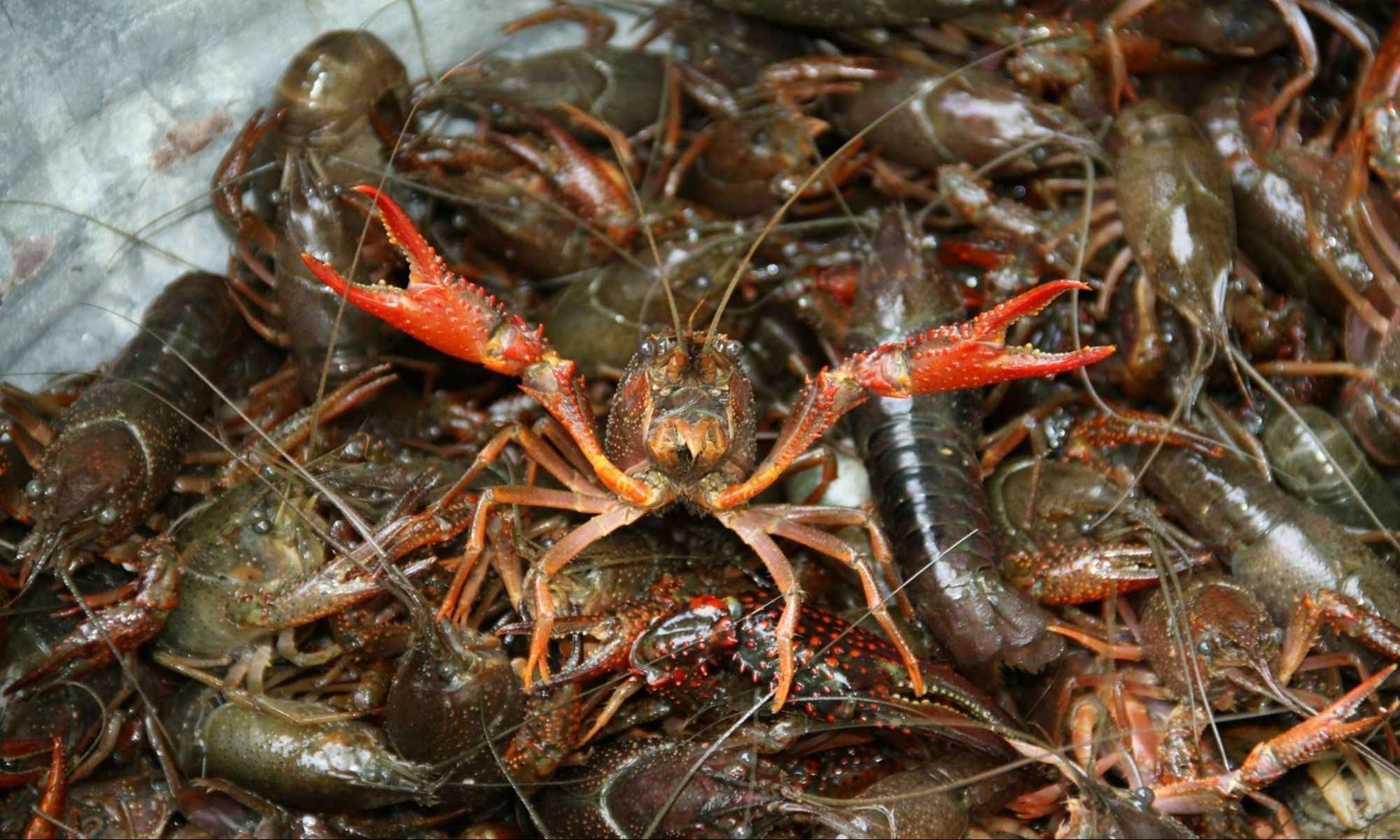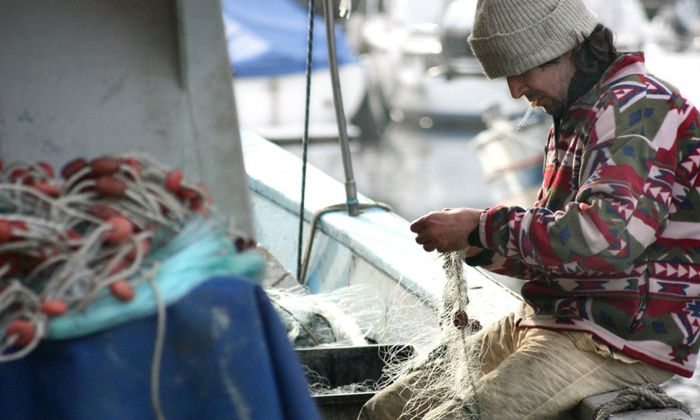Fishing Bass in Heavy Water: Techniques for Craw Fishing
Craw fishing is an effective fishing method that is unique to heavy water and can also be used on low-light days.

Crawfish are sometimes considered the "steak" lure for bass – an irresistible morsel that they'll readily gobble up. Bass anglers have always favored this bait, whether it's letting a crawfish imitate force or slowly crawl on the bottom.
However, like other lures, using a craw has its advantages and disadvantages; knowing when, how, and where to use it can determine your success against bass.
With that said, let's take a look at some craw techniques you can use the next time you're out angling for bass.

Things You Need To Know When Craw Fishing
1. When Should You Use Craws?

First things first: when is it a good time to use crawfish for bass? As any experienced angler will know, although you can use craws at any time, these lures are usually more effective at certain times of the year.
It is best to throw craw imitations in late winter and early spring. This is because baitfish are scarce during this time, and crawfish are a more abundant food source for bass, meaning they'll switch their diets accordingly.
During the summer, bass will prefer baitfish like bluegill or frogs, and you can expect crawfish to take a backseat. If you must use craw baits during summer, jigs with a pumpkin color and plastic trailers work best. You might also want to present them in a Carolina or Texas rig for better results.
So when the water temperature hits around 50 degrees Fahrenheit, red or orange craw-imitating lures can net you high yield. If the water clarity is good, you'll want to select more natural colors, while more vibrant colors are best if the water is muddy.
Craw lures usually need to be walked or swum along the bottom with the occasional (but regular) abrupt jerk to trigger strikes. If there's grass, you'll need to deploy your lure right on the surface, where it practically rests on the vegetation.
Early fall can be productive, but they usually molt and retreat to shelter for protection. The reaction of bass to craws at this time can vary, and the more intelligent fish will be wary. Plastic craws can work well if fished around any potential shelters such as structures, rocks, or logs.

2. How Should You Use Craws?
Bass that have buried themselves deep into weeds or other vegetation are tough to get to. Typically, you can use a weedless lure such as a frog or a Texas-rigged plastic worm, but rigging up a craw can be just as effective.
One reason to use a craw for bass is that crawfish naturally reside in and around weeds and weedy areas. So for the intelligent bass, seeing a craw imitating lure won't seem out of the ordinary.
However, using a craw is a challenge in areas with densely matted vegetation. You'll need to "crash" or "punch" the craw through the weeds. This will call attention to itself, thereby triggering bass to strike. A slender-bodied craw lure with small pincers can penetrate through vegetation easier, especially if it's Texas-rigged with a bullet weight.
During spring, bass will be traveling through the shallows as part of their pre-spawn ritual. These waters often have large rocks scattered about, which breaks the current. Crashing your craw lures into the stone on the retrieve can help call the attention of the migrating bass, especially smallmouths. After causing a commotion, let your lure rest and wait for the bass to inspect it.
If they seem uninterested, simply retrieve it quickly and cast it out once again in front of their face. Several attempts may be necessary, and this technique works particularly well with a jig and craw combination. You'll want to stick to natural-looking colors such as brown, green, pumpkin, black, or blue.
You can also let your craw lure swim right above the bottom, and when it hits an obstruction, speed up your retrieve to imitate an evasive tactic. Flip your lure out of the water and let it crash down on rocks to elicit a strike from the predatory bass.
If it's autumn, you'll want to take your jig and saw rig and swim it near the surface, typically by laydowns or docks, letting it bang up against branches and posts.
3. Where Should You Use Craws?
Grass flats in early spring and late winter are the best place and time to use craws. Moving the lure right on top of shallow grassy areas will elicit aggressive strikes from hungry bass. Make sure to keep your lure moving fast and continuously to seem more natural and won't make the bass skittish.
Rocks and riffles are also prime areas to throw some craw imitating lures. When crawfish are molting, they can be found near rocks, and bass will have an instinct to hunt for them there. You don't have to limit yourself to small rocks either – boulders are also a great place to bounce off your craw baits as well.
During late autumn and the middle of winter, ledges and holes near shallow water are an excellent start to attract bass to your craws. You'll need to slow down your retrieve, though, as the fish have slower reaction times when the water is colder.
4. Crawfish Galore
Many anglers believe that realistic crawbaits are better at catching bass, but there is no hard evidence to suggest this is true. While there is a good chance that it can give you an edge when the waters are clear, it doesn't make much of a difference when the waters are muddy.
The one thing you should remember is that bass has an instinct to gobble up crawfish, so if they see anything resembling one, they'll probably take it. If you throw a craw-imitating lure in an area that's already ripe with crawfish, then you'll have better chances if bass are likewise lurking nearby. However, even if there are hardly any craws around, bass will instinctively take your craw lure, no matter where and when.




